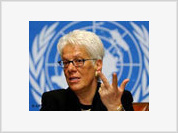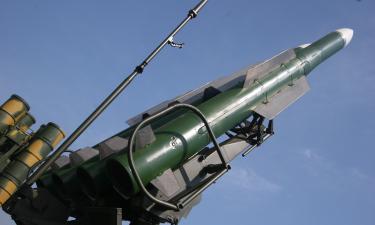Japanese elections: procedure
Japan's 100 million voters go to the polls on Sept. 11 to elect the nation's 480 lower house lawmakers.
Bloomberg reports the key election facts.
Prime Minister Junichiro Koizumi's LDP, with coalition partner New Komeito, held 283 seats in the 480-seat chamber before he called elections.
The main opposition DPJ had 176 lawmakers in the chamber, with remaining seats divided among other smaller political parties and independents, including nine seats for the Japan Communist Party and six for the Social Democratic Party.
Voter turnout in the last lower house election was 59.86 percent, the second lowest on record and less than the 62.5 percent of voters that participated in election 2000.
A total of 1,132 candidates will contest 300 single-seat constituencies with the remaining 180 seats distributed to parties based on their proportional share of the national vote from a separate ballot. That compares with 1,159 in the last lower house vote.
Two new parties are vying for seats, the Peoples' New Party and Nippon, which include nine ruling party lawmakers from a group of 37 that Koizumi refused to support for opposing his plan to sell off postal services. Other rebels are running as independents against new LDP candidates picked by Koizumi.
Subscribe to Pravda.Ru Telegram channel, Facebook, RSS!




